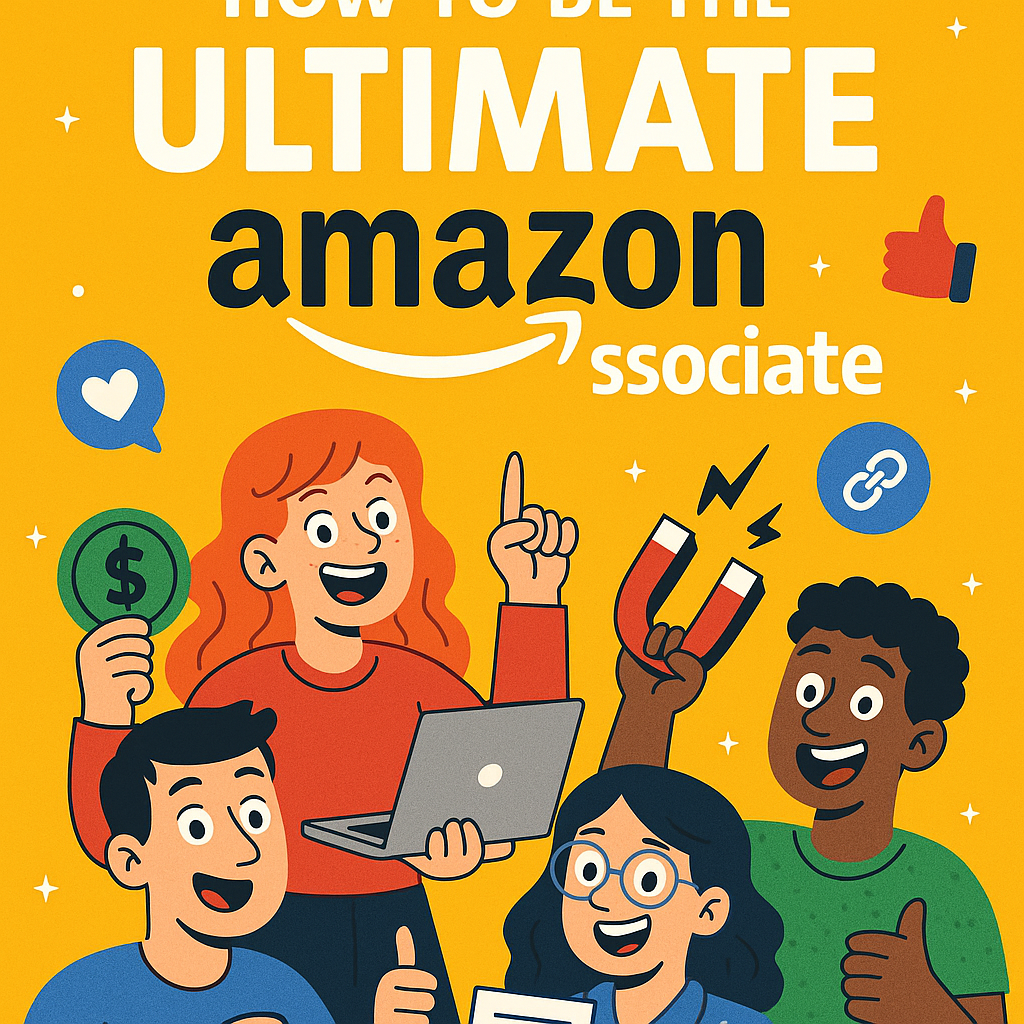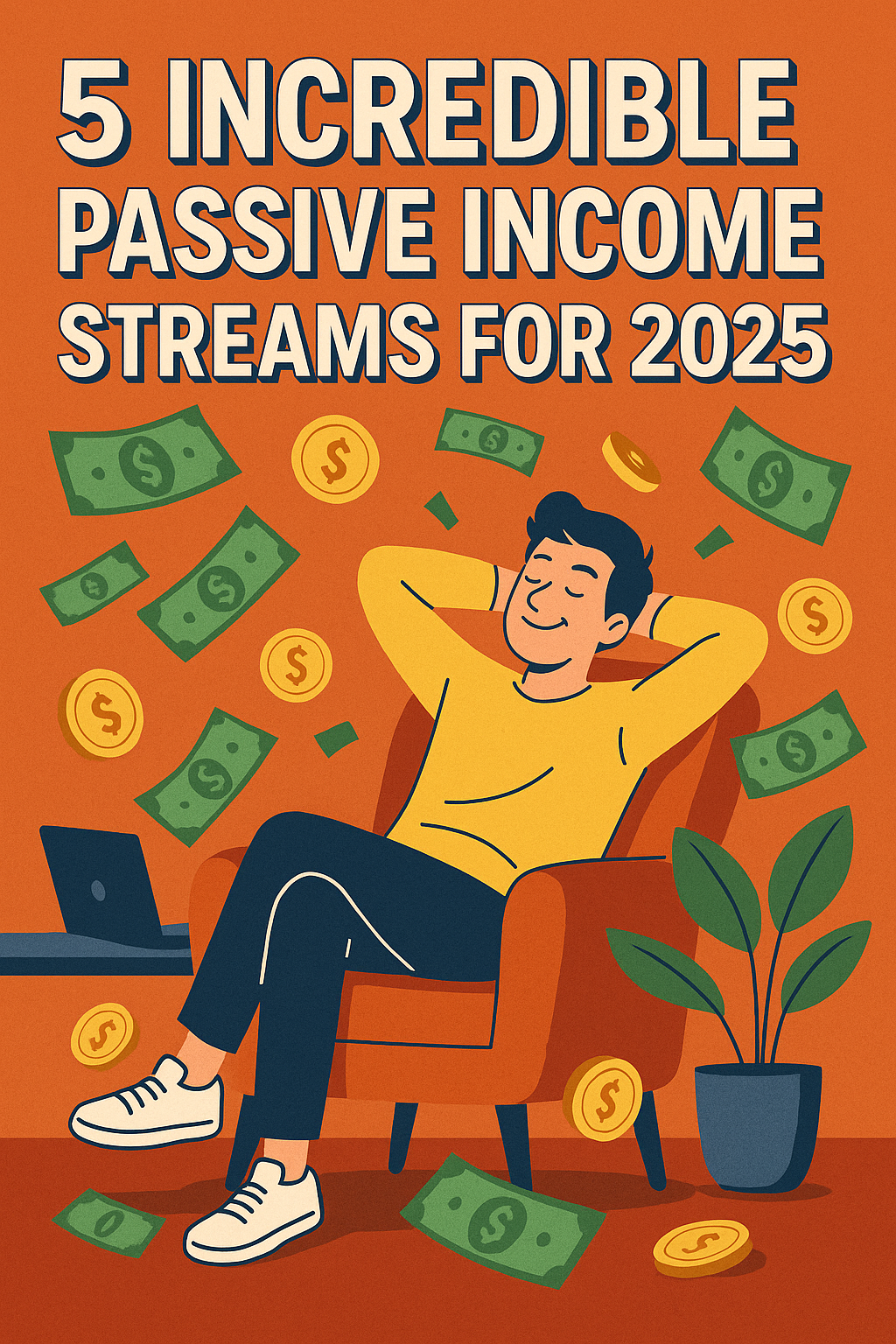From Bar Tabs to Balance Sheets
If you’d told twenty-something me that the secret sauce to staying (mostly) sober wasn’t black coffee, AA chips, or the fear of karaoke videos resurfacing—but a brokerage account—I’d have laughed, ordered another whiskey-sour, and ash-flicked on your shoes. Fast-forward a decade: the cigarettes are history, the bar stool is cold, and my idée fixe is…dividend yields. Turns out the same addictive wiring that once had me chain-smoking Marlboros now gets its dopamine hits from dollar-cost averaging into index funds. Let me show you why swapping vices for Vanguard might be the most gloriously boring life-hack you’ll ever try.
1. Addiction 101: Your Brain Loves a Good Fix
Our noggins run on dopamine. Booze, nicotine, doom-scrolling—anything that offers fast gratification spikes it like a mid-2000s My Chemical Romance chorus. Long-term investing sneaks in a quieter, delayed-gratification version of that same buzz. Watching a portfolio compound from three figures to “wait, that’s a comma!” lights up the reward center without the next-day regret. It’s the difference between TikTok dopamine (cheap, fast, gone) and the slow-burn season arc of Breaking Bad.
2. The Spreadsheet Is Mightier Than the Shot Glass
Cig break math vs. compounding math
- Pack-a-day @ $8 ➜ $2,920/year lit on fire.
- Same cash tossed into VT ETF averaging 7 % real return ➜ ~$4,000 after Year 1, ~$57k after Year 10.
Seeing that growth curve beats watching cigarette smoke drift into the HVAC. Every Friday night I used to blow $50 on “liquid confidence,” I now shove into fractional shares. Come Monday, one choice leaves you with an off-brand headache — the other leaves you checking your brokerage app and fist-pumping in the break-room like you just discovered Wi-Fi.
Disclaimer: As an Amazon Associate, I earn from qualifying purchases. This means if you click on a link and make a purchase, I may receive a small commission—at no additional cost to you.
3. Delayed Gratification: The Ultimate Party Pooper (In a Good Way)
Investing on a 20-year horizon makes you allergic to impulsive splurges. When your brain’s trained to think “How will this affect Future Me’s yield?” Happy-Hour FOMO turns into “I’d rather buy more SCHD, thanks.” It’s personal finance judo: you redirect the energy of temptation into wealth-building momentum.
4. Portfolio > Paraphernalia: Why Assets Scratch the Itch
- Tracking: Charts replace shot counts.
- Community: Reddit’s r/Bogleheads > Smokers’ Alley gossip.
- Milestones: Hitting a net-worth milestone feels like leveling up in Mario Kart—minus banana peels.
The ritualistic nature of checking markets each morning mirrors old habits (lighting up, pouring a nightcap) but swaps self-destruction for self-direction.
5. Still Sippin’? Keep Calm & Index On
Confession: I haven’t gone full teetotal. An occasional IPA pairs well with quarterly dividends. The trick is intentionality. Because my North Star is long-term compounding, even a craft-beer flight passes through a mental “opportunity-cost breathalyzer.” Ask: Is this round worth delaying FI (Financial Independence) by a smidge? Sometimes yes—and that’s okay. Moderation isn’t boring when your bigger fix is bull-market euphoria.
6. Practical Tips to Swap Habits Without Turning Into a Monk
| Old Trigger | New Investing Habit | Why It Works |
|---|---|---|
| Stress at work | Funnel $20 into a broad-market ETF | Instant micro-reward |
| Social boredom | Read Berkshire Hathaway letters | Warren > whiskey |
| Payday splurge urge | Automate a transfer to brokerage | Decision removed |
Bonus hack: Turn brokerage push notifications on. Watching dividends drop feels like slot-machine chimes—minus bankruptcy court.
7. Mindset Matters: From “One More” to “Buy and Hold”
Addiction whispers NOW! Investing whispers LATER, CHAMP. Training that inner voice to embrace patience spills over everywhere: you eat better, you sleep more, you finally floss (occasionally). It’s compound interest for willpower.
8. The Numbers Don’t Lie (But the Hangover Does)
A 2024 study in Behavioral Finance Quarterly found that participants who regularly tracked long-term investment goals reported 25 % lower consumption of alcohol and nicotine versus a control group. Correlation isn’t causation, but my lungs and liver are pretty convinced.
9. What If You’ve Never Touched Hard Drugs? Keep It That Way
I’ve dodged the hard-stuff bullet, but I’m also not arrogant enough to play Russian roulette with it. Filling my calendar with portfolio rebalancing and ex-dividend-date stalking leaves little bandwidth for experimenting with substances that come in Ziploc baggies. Call it “opportunity-cost sobriety.”
Compounding Calm Beats Compounding Hangovers
Long-term investing didn’t just pad my future retirement hammock fund—it rewired my reward circuitry. The same obsessive spark that once hunted the next buzz now chases basis points and diversified bliss. If you’ve got an addictive streak, aim it at something that grows instead of something that burns. Your net worth—and that unflattering Friday-night photo archive—will thank you.
Disclaimer: Nothing here is financial advice; it’s educational entertainment from a guy who thinks expense ratios taste better than tequila shots. Please consult a professional before making investment decisions.


























































